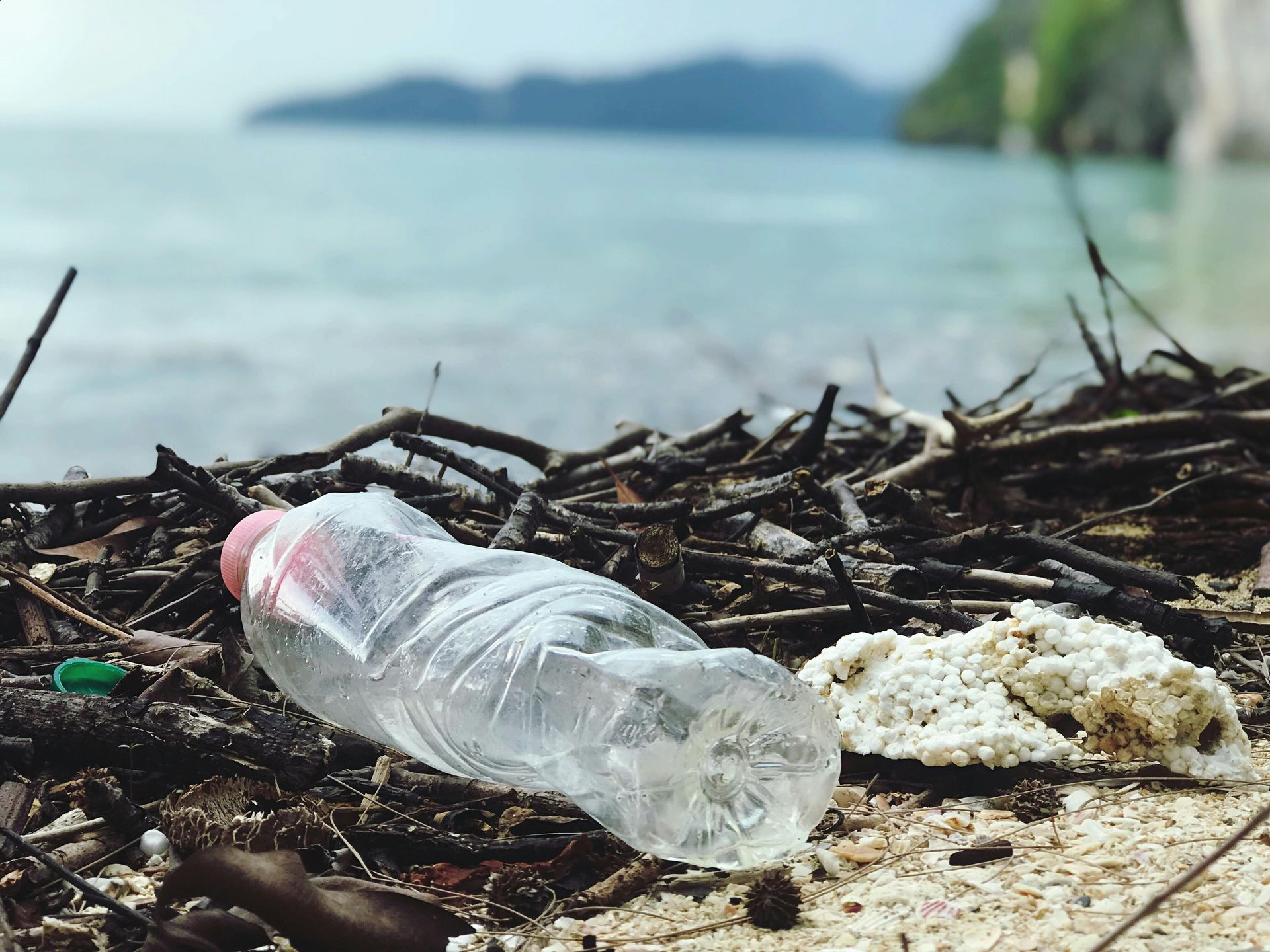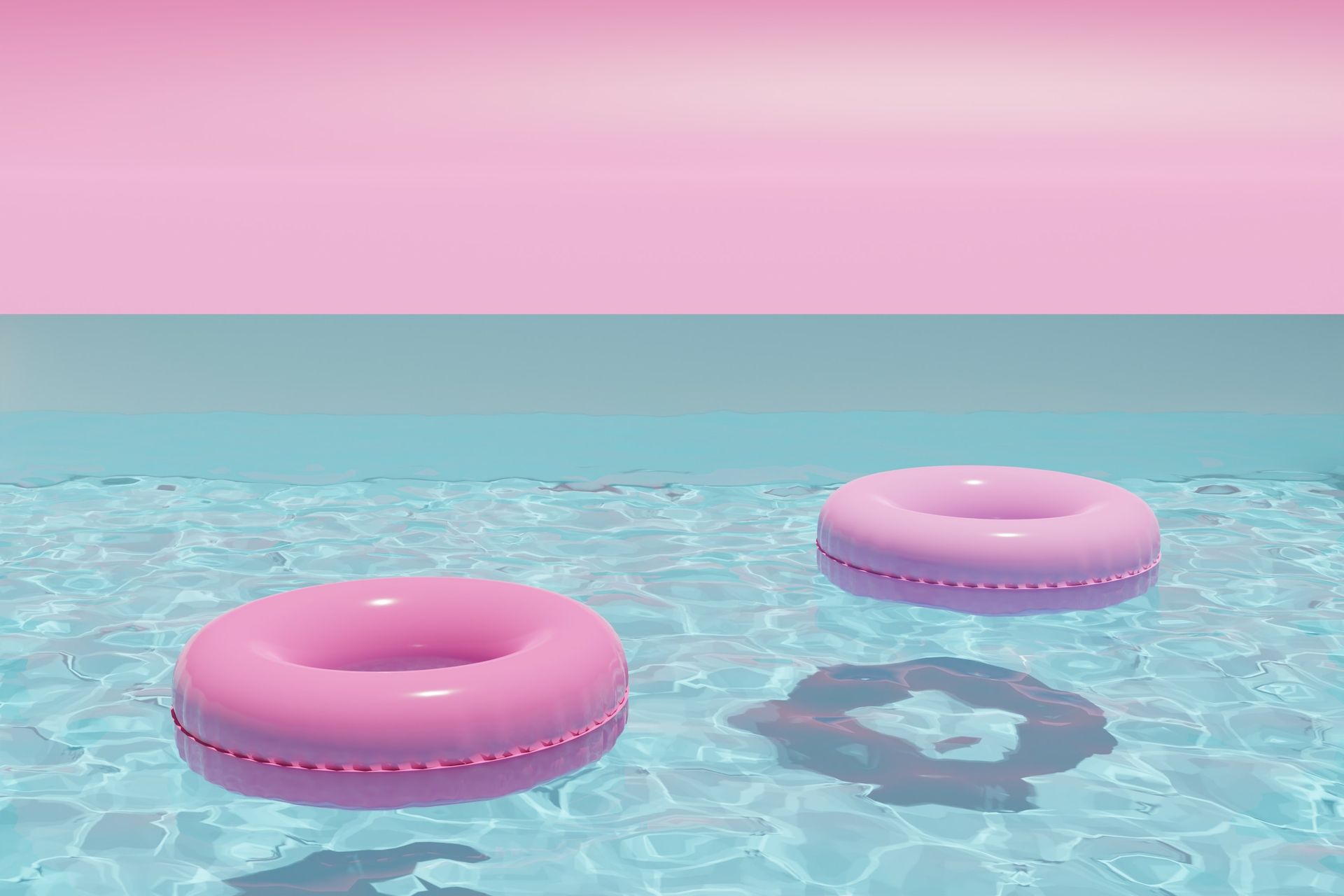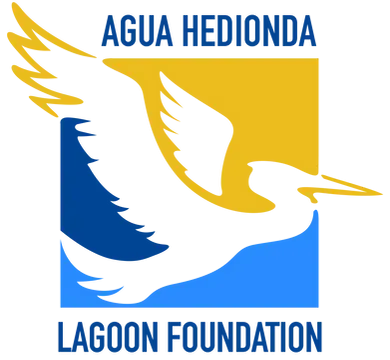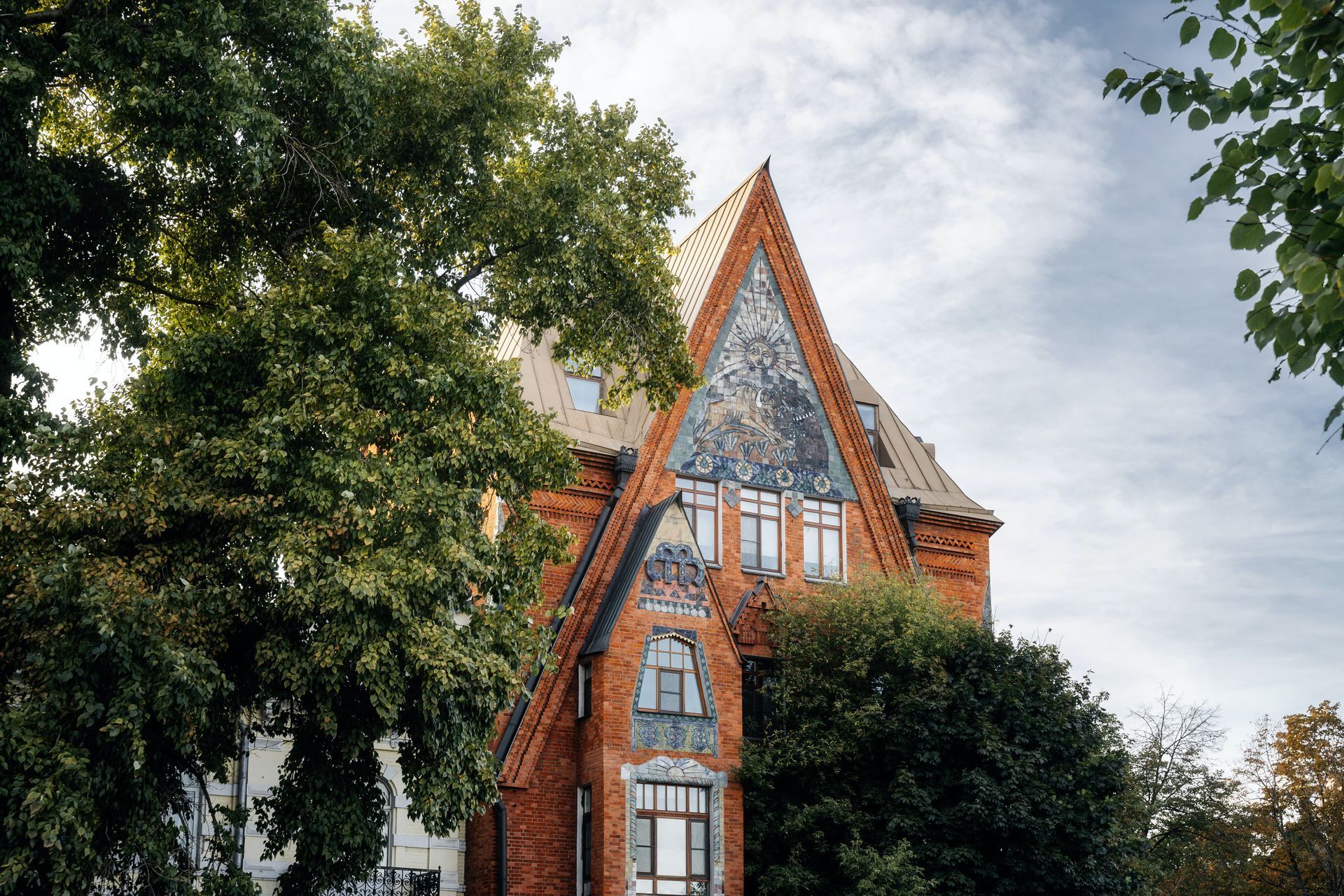Spotting Insects and Minibeasts at The Agua Hedionda Lagoon
The Lagoon is home to almost 200 different species of insects, invertebrates and minibeasts
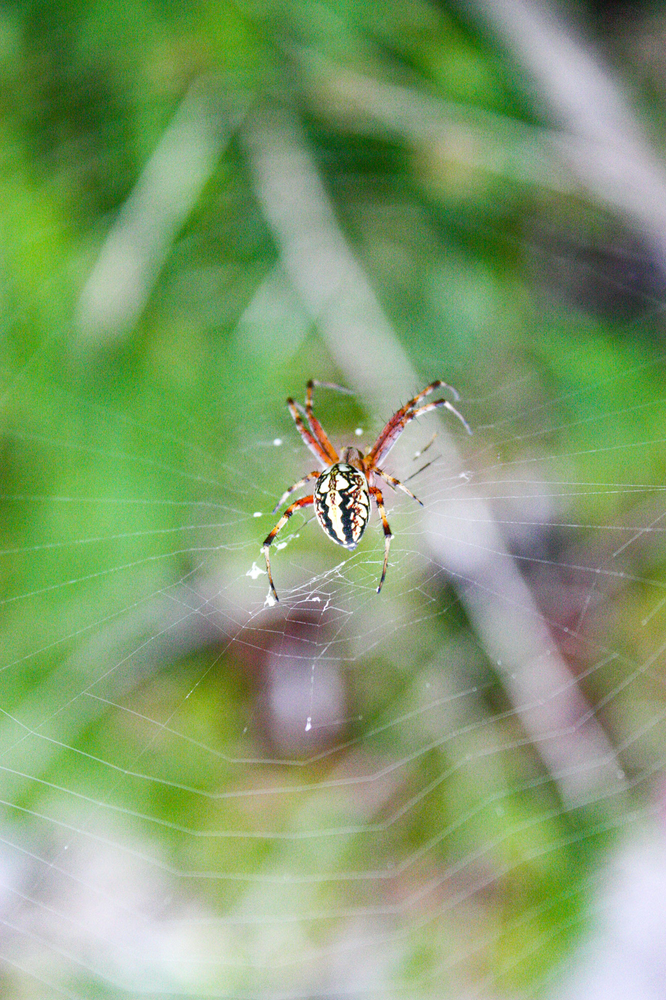
that you can spot whilst you are visiting. They are an extremely important part of the thriving ecosystem, and of course food for many of the birds, reptiles, amphibians and mammals that make their home at the Lagoon. The sheet abundance of the insects means that the other wildlife can thrive. The insects are also valuable pollinators, ensuring that the plants and flowers in the area continue to grow. The Lagoon is a fragile ecosystem , but the insects and invertebrates are an extremely valuable part of this habitat.
Invertebrate hunters
Water Striders are commonly found skating on the surface of the Lagoon waters. The Strider’s extra-long back legs help to balance the insect , so that it can float gracefully along. The Water Strider makes a delicious meal for Salamanders, Bullfrogs, Perch and Bass. The Water Strider itself however feeds on dead insects, as well as taking advantage of injured insects - even dragonflies. The Water Strider isn’t the only insect that feeds on others. There are many different species of arachnid to be found outside. Spiders are a type of invertebrate - they have an exoskeleton, paired jointed legs and a segmented body. Around the Lagoon, look out for the Whip Spider, the Tent Spider and the Horned Spider. Like Water Striders, Spiders also hunt other insects, making a meal of flies and mosquitoes, which are plentiful in the area.
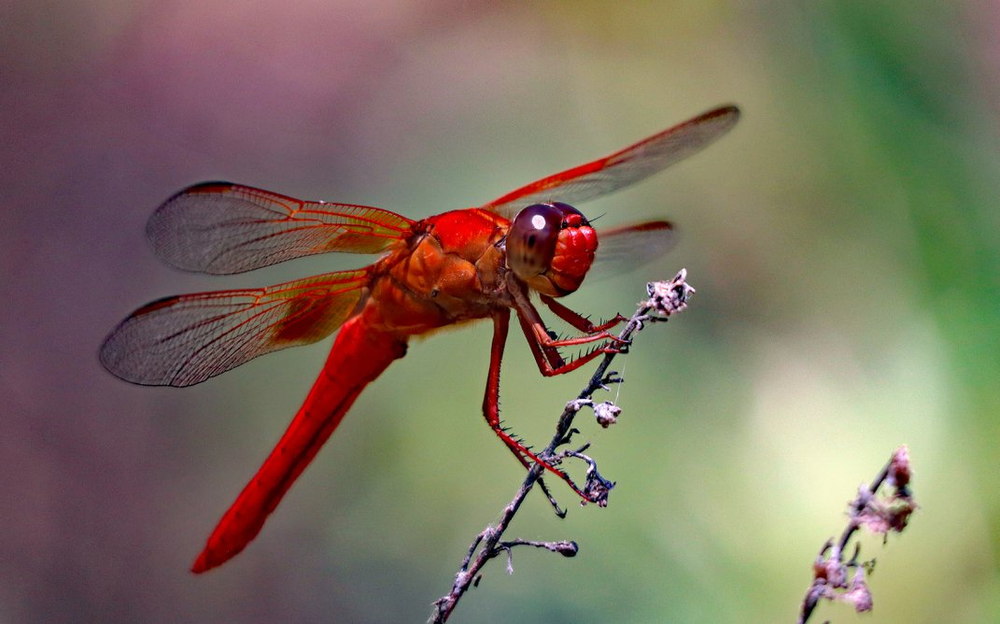
Beautiful Dragonflies
The Lagoon is a haven for dragonflies and damselflies who are drawn towards the water. Southern California is home to 77 different species, many of which can be spotted at the Lagoon. The adult Dragonflies have a diet of mosquitoes, which are often found hovering just above the water. The dragonfly larva can live in the water for up to 2 years before they finally take flight. In prehistoric times, there were several species of dragonfly that had a wingspan of 2 feet. The biggest dragonflies you will find at the Lagoon have a wingspan of a few inches. These include the California Spreadwing, the California Dancer and the Pacific Forktail.
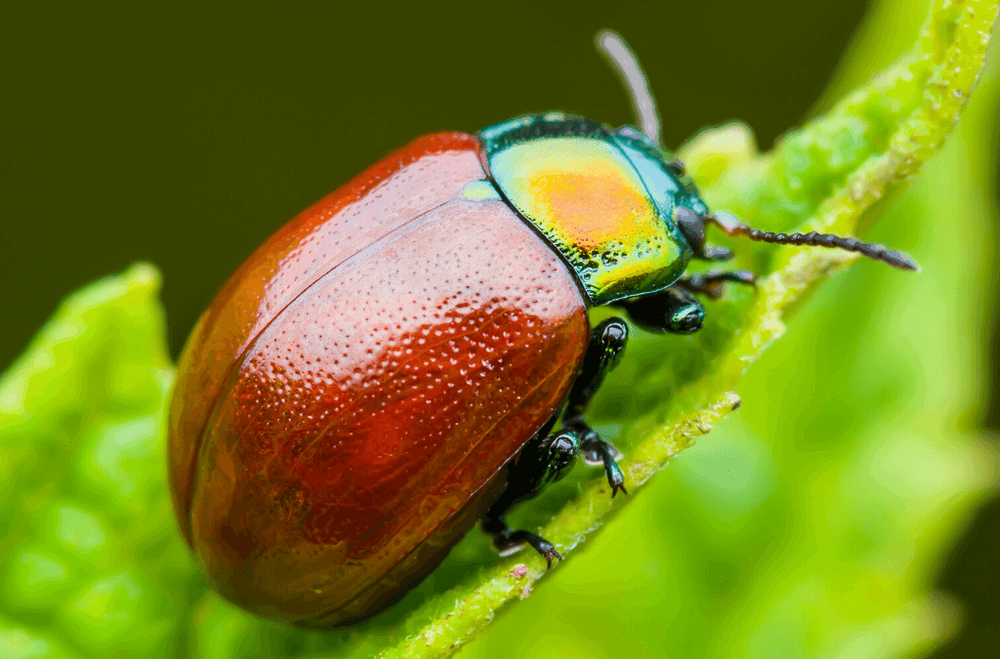
Beetles and Bugs
The marshlands are home to many beetles and bugs that enjoy living in a damp habitat. Look out for the Pill Bug, which is extremely common. These interesting insects have actually evolved from crustaceans, and now live completely on land. Note the similarity in body armour to the lobster. In the Lagoon area, you will also find Scavenger Water Beetles, Long Toed Water Beetles, Minute Marsh-Loving Beetles and Ground Beetles. These beetles are herbivores, living on a diet of leaves, stems, roots and even wood. In an area as abundant as the Lagoon, there is plenty for them to eat.
The Lagoon is plentiful with insects, invertebrates, arachnids and other minibeasts. When you visit, take your notebook with you and see how many you can spot.
“By Sara Zipf”
share this
Related Articles

